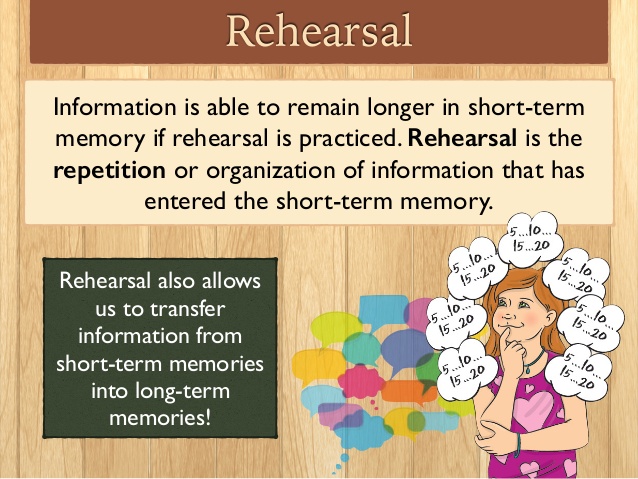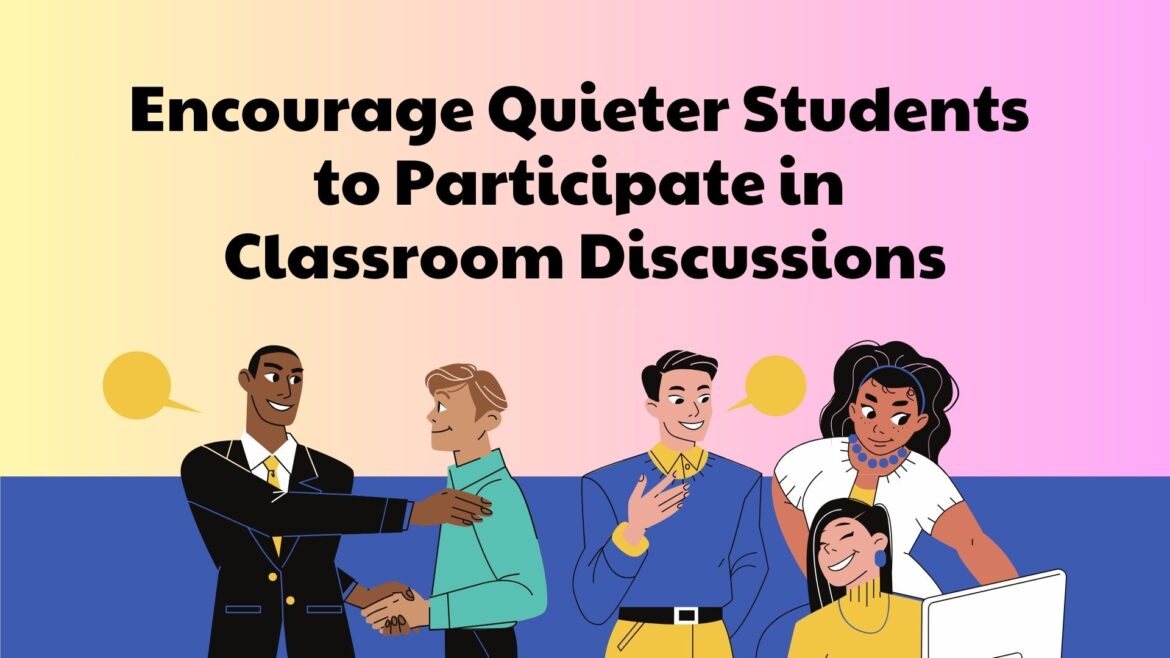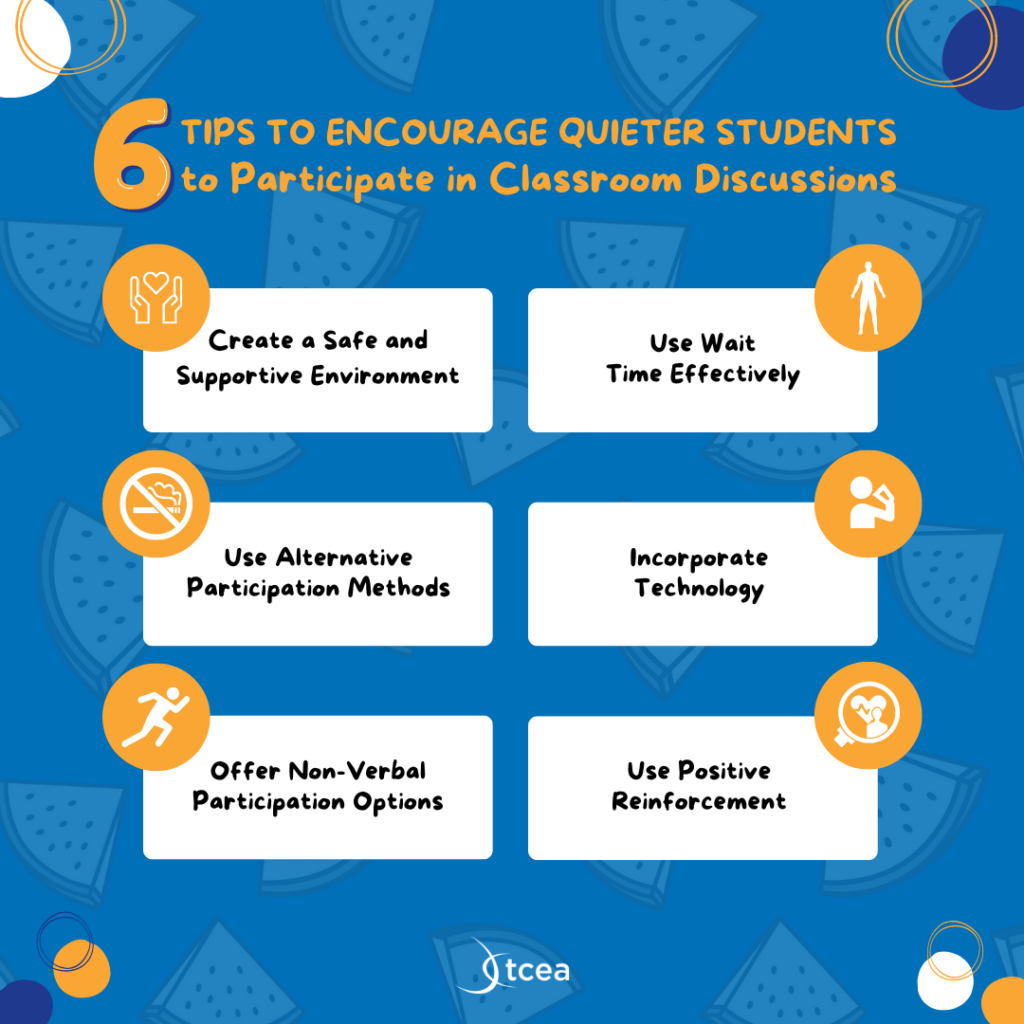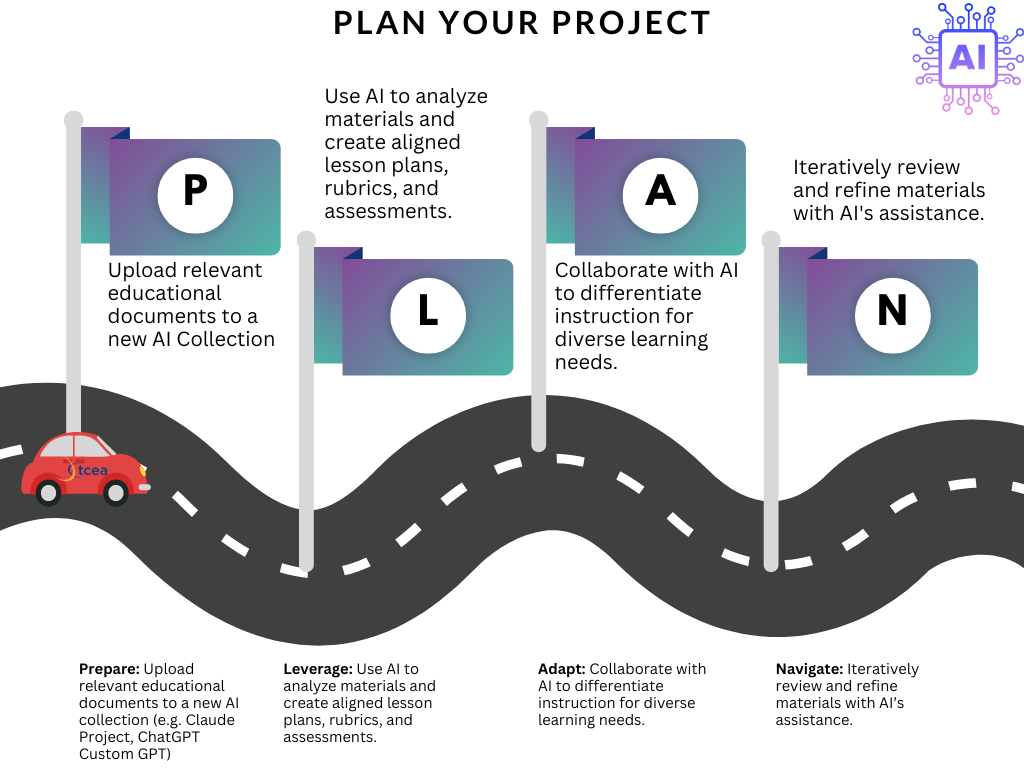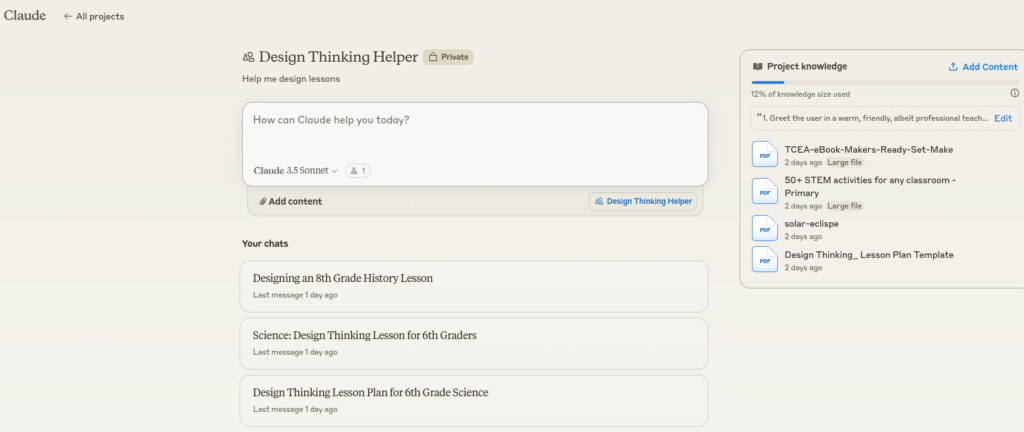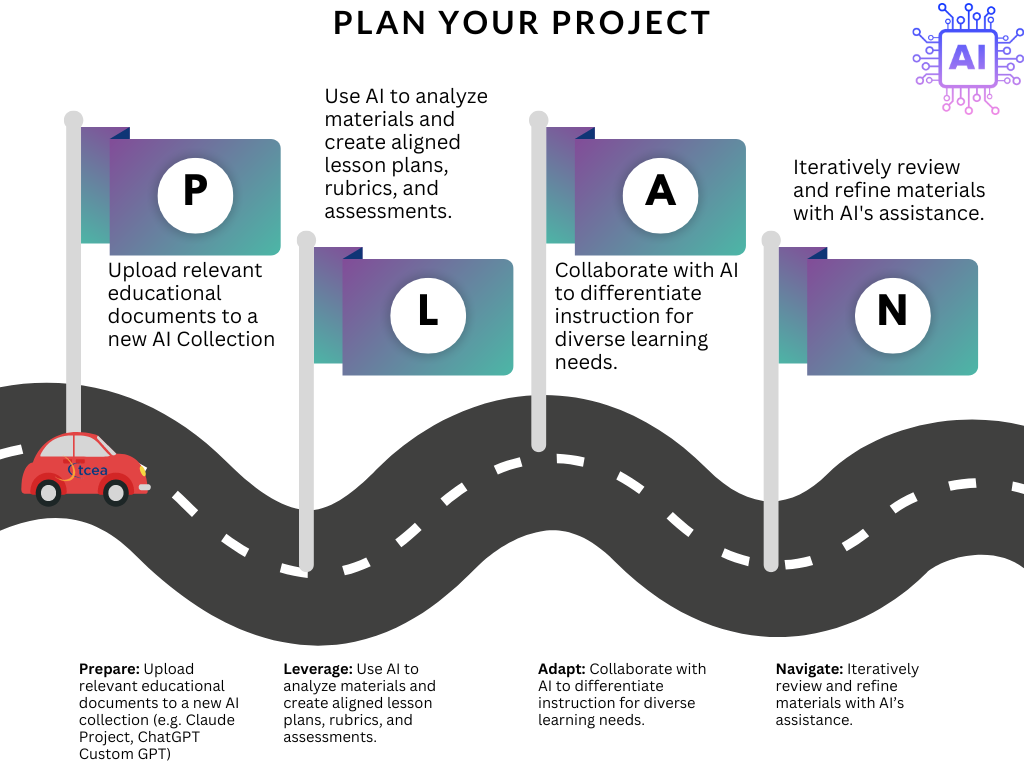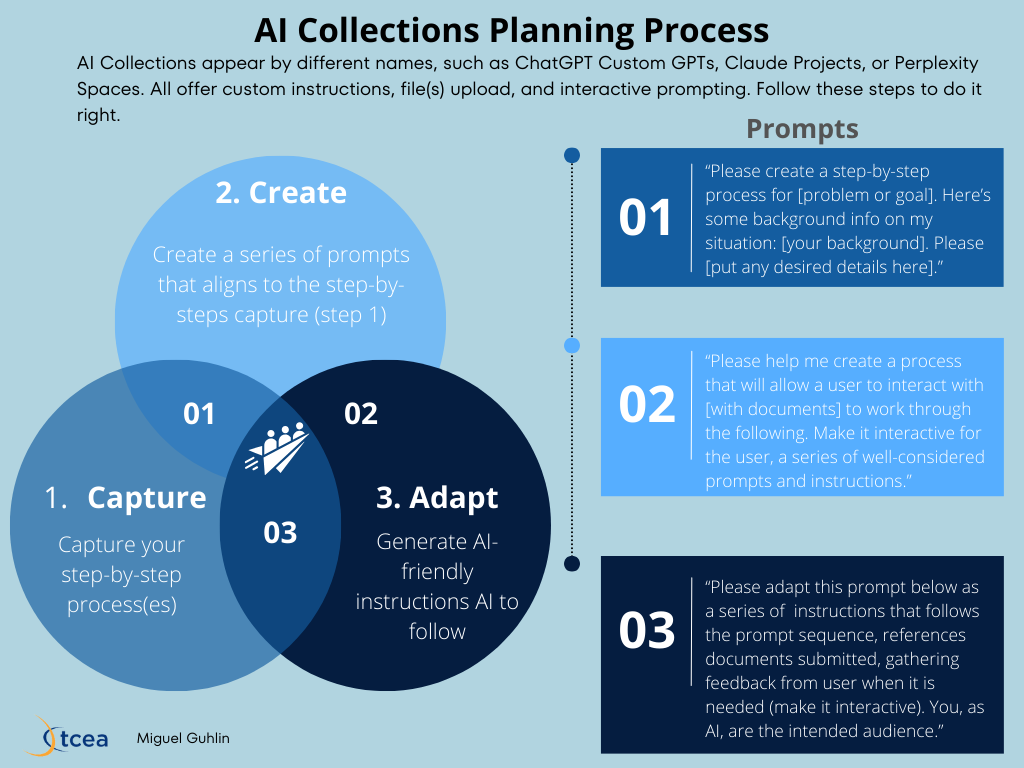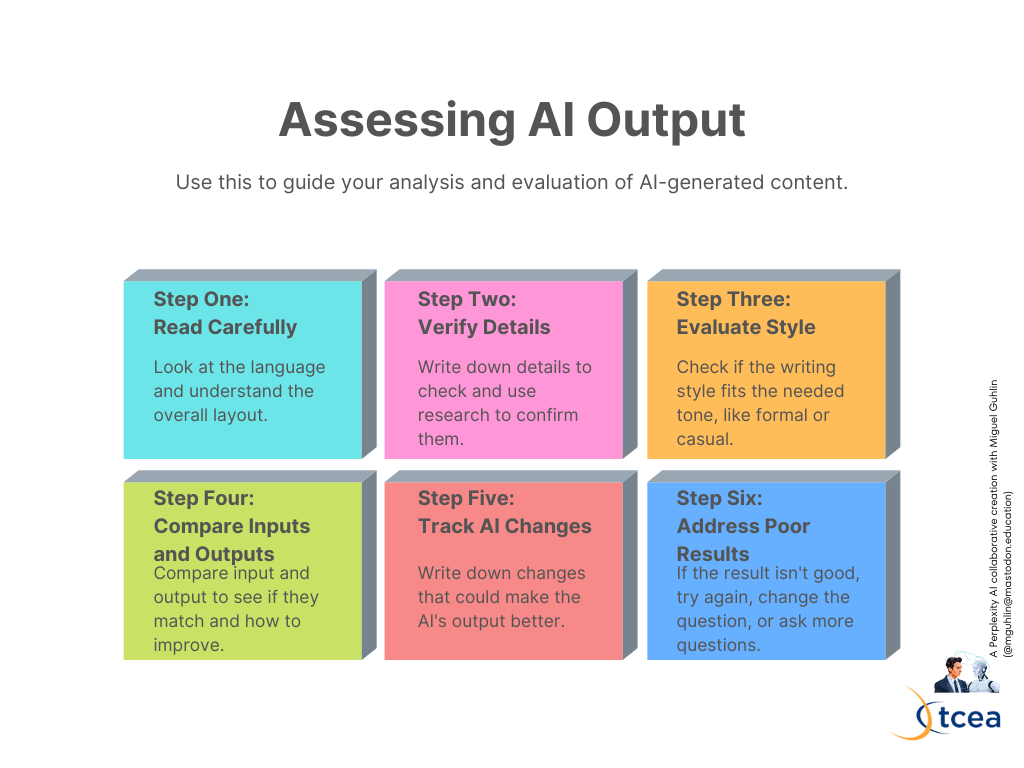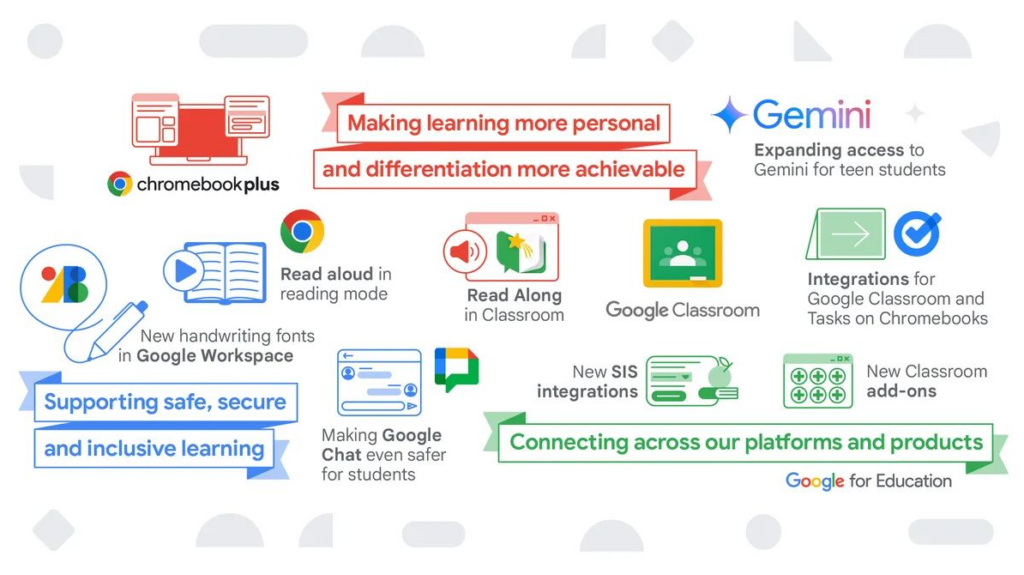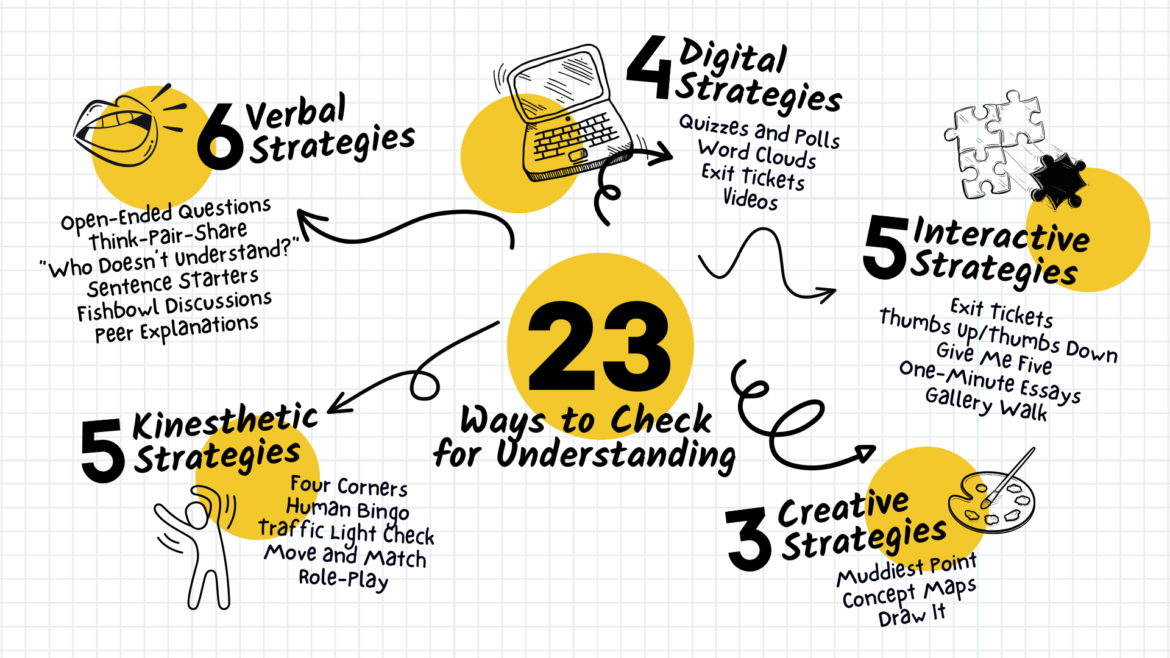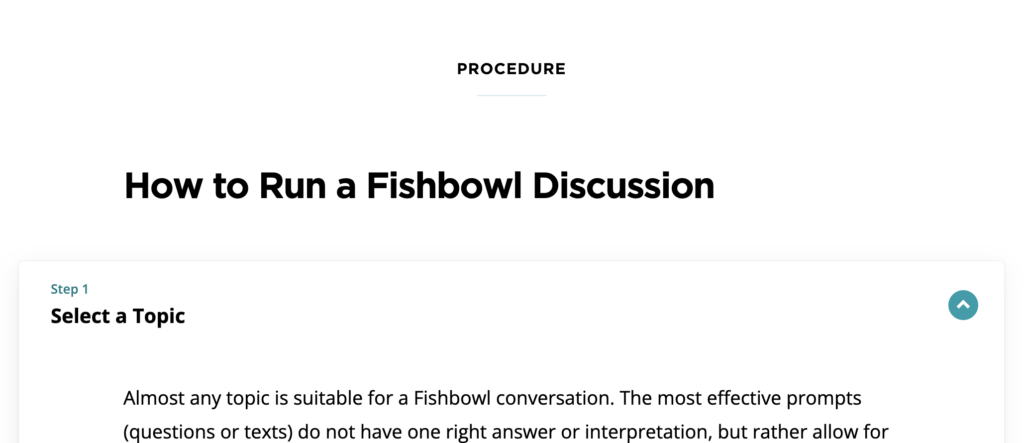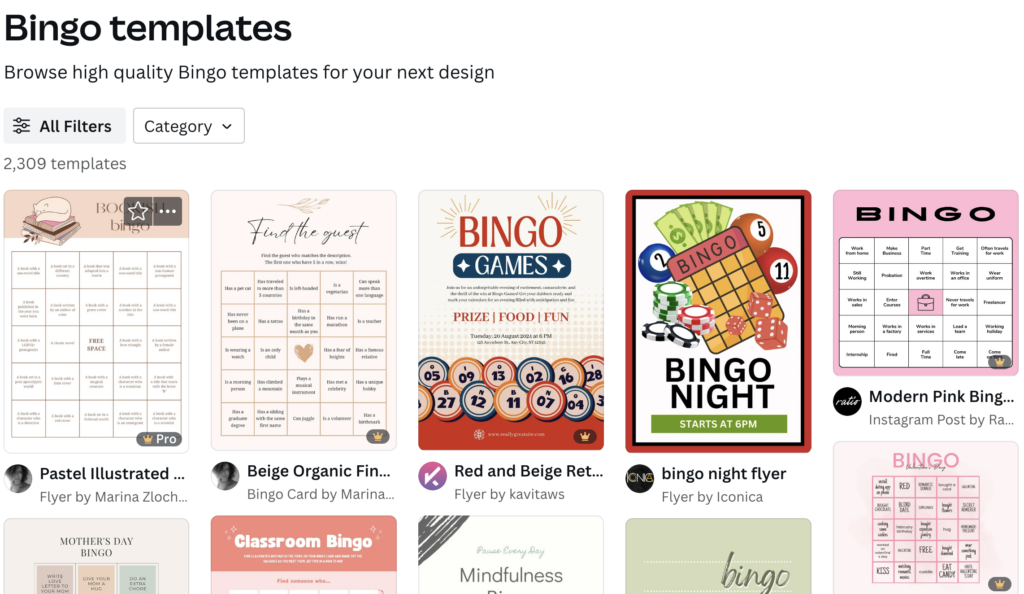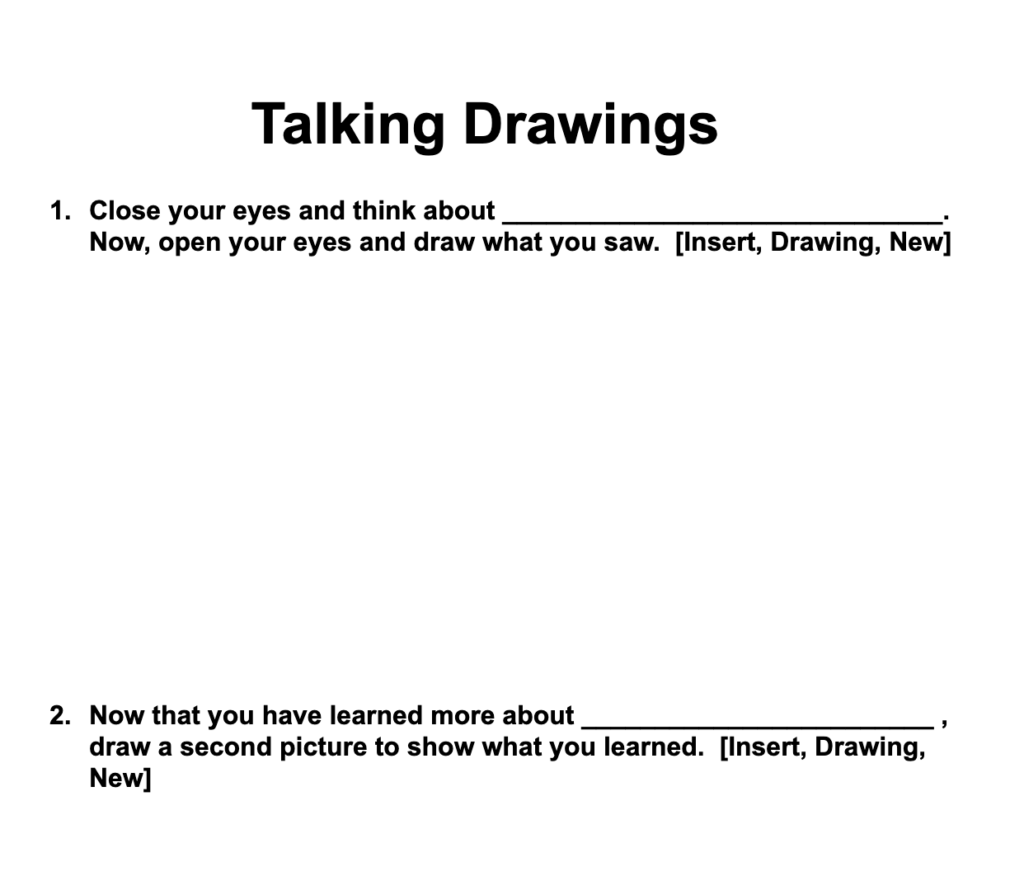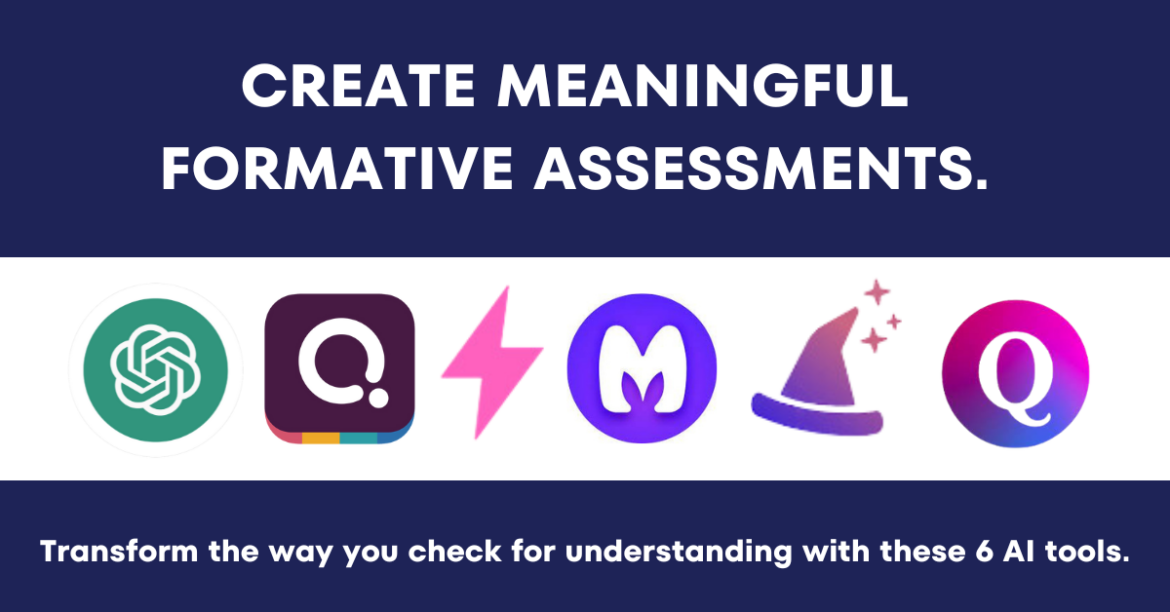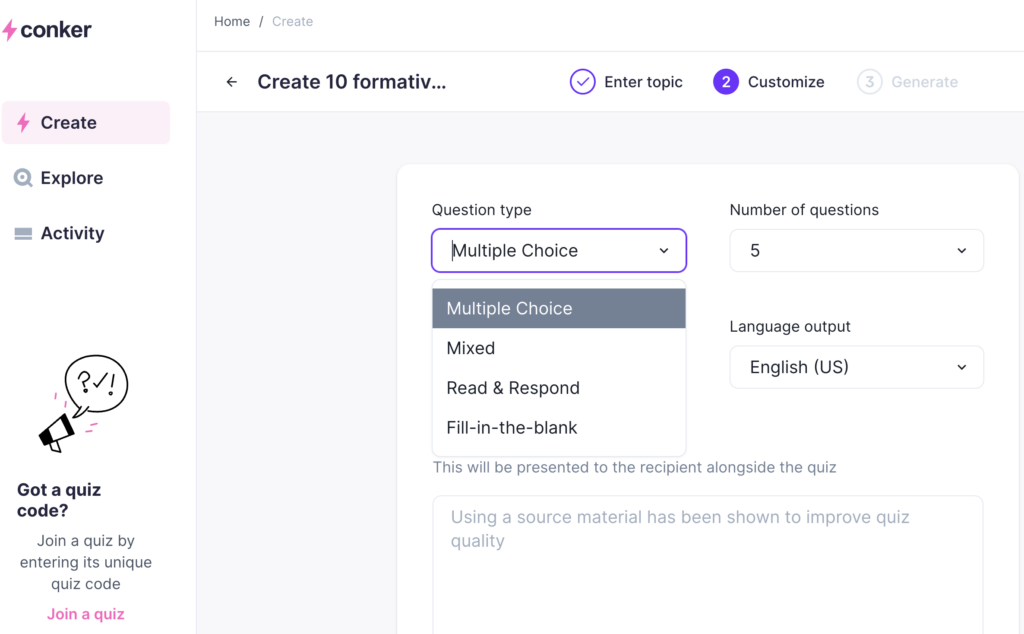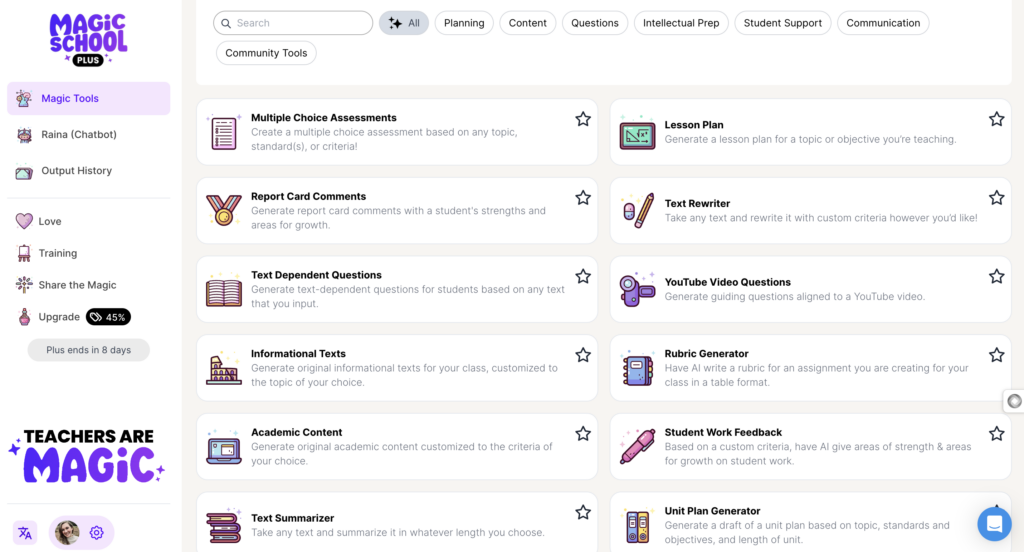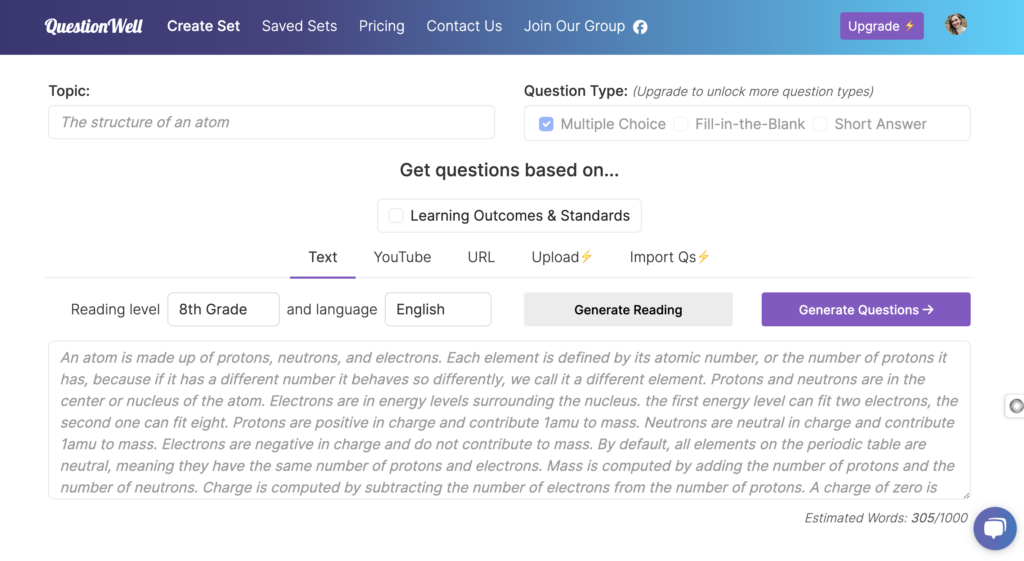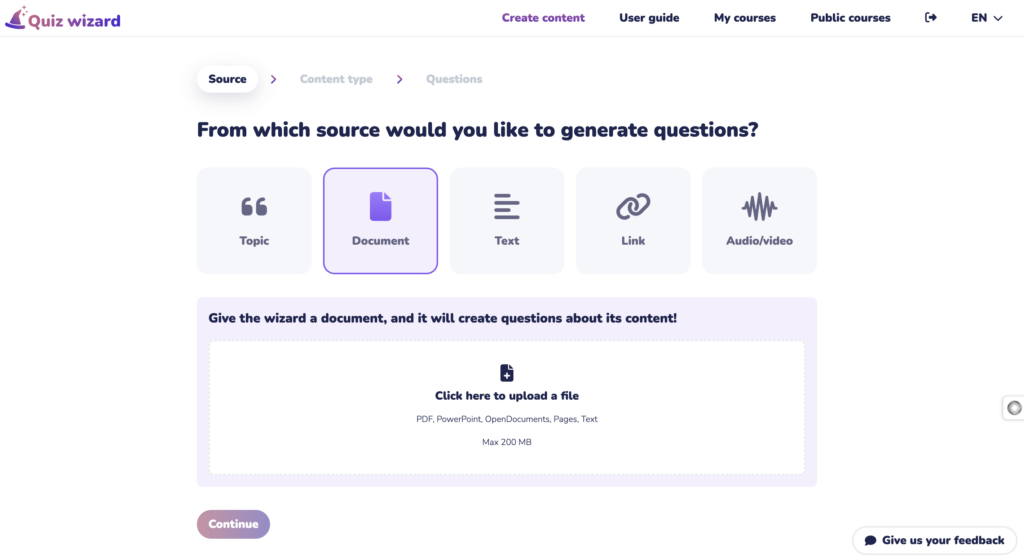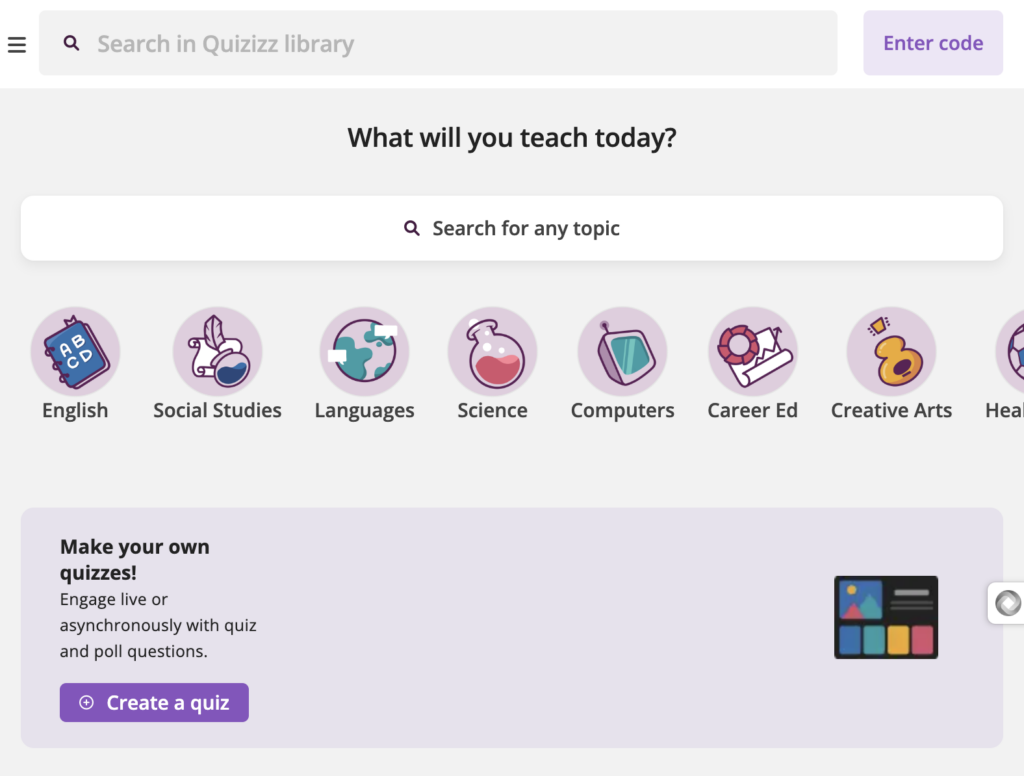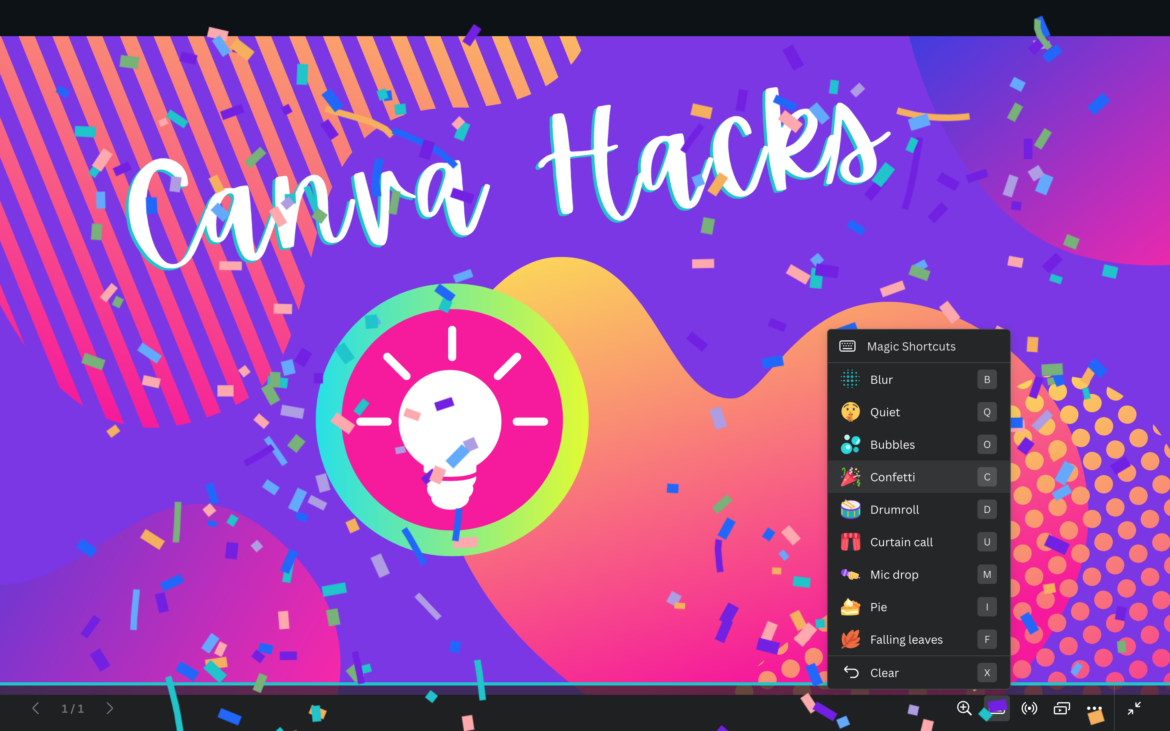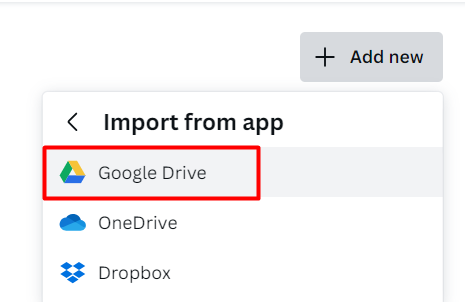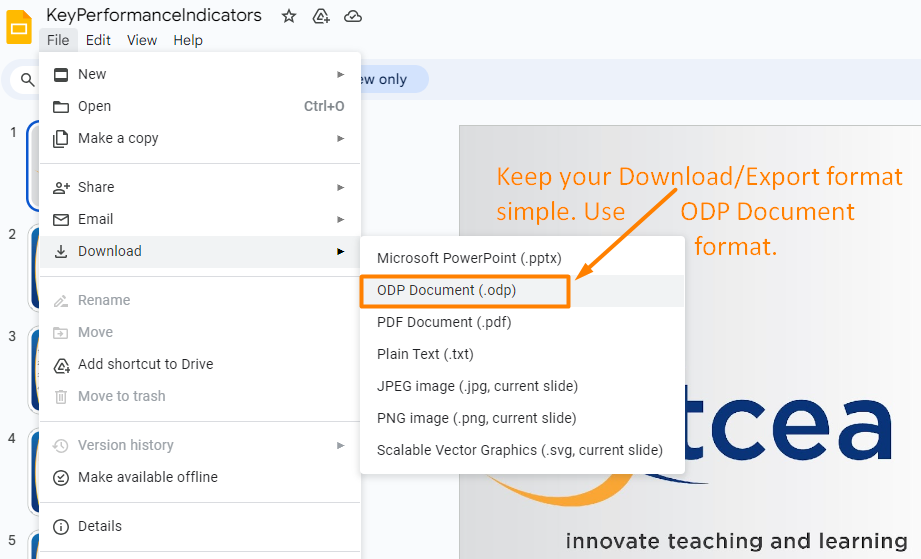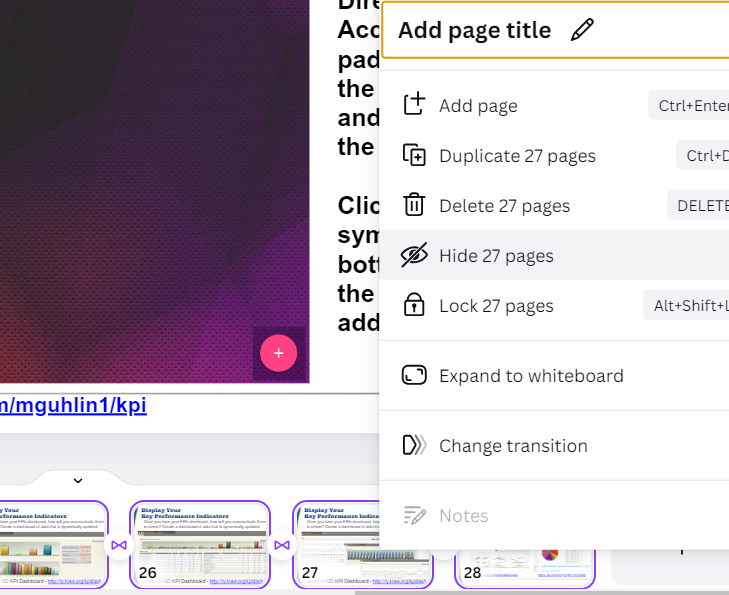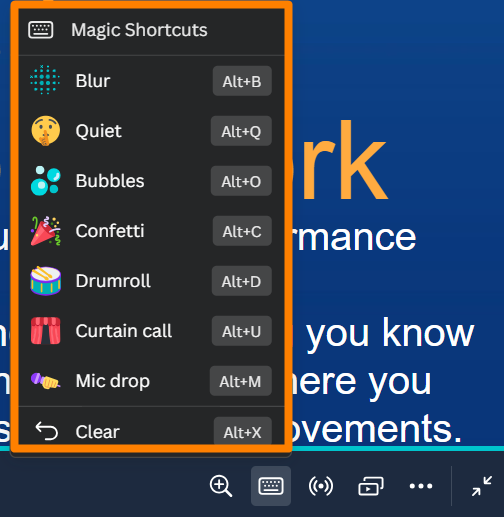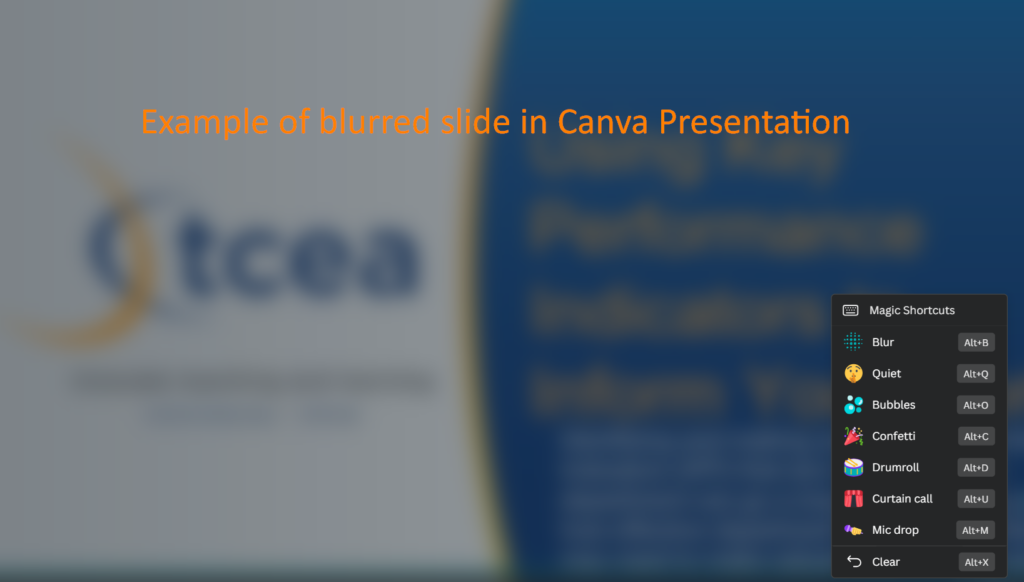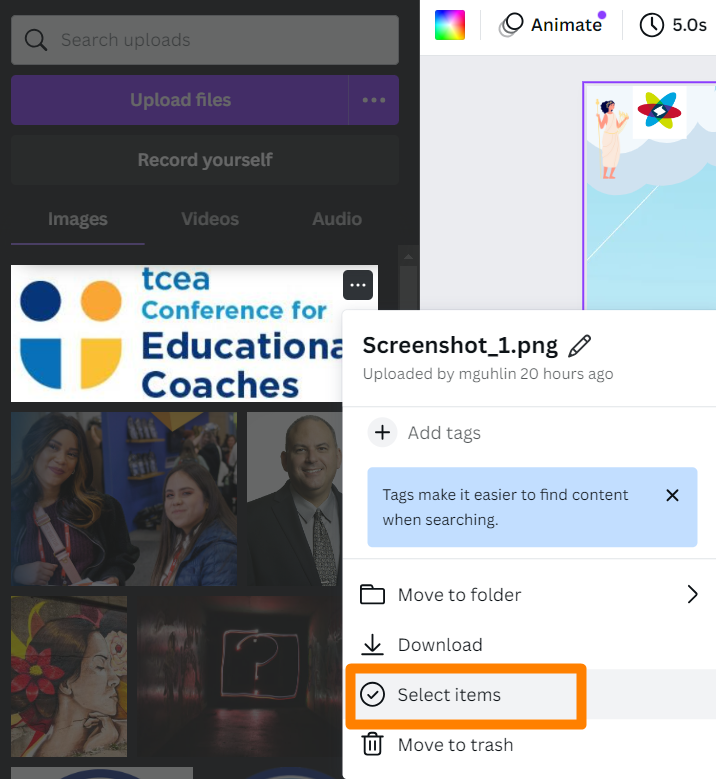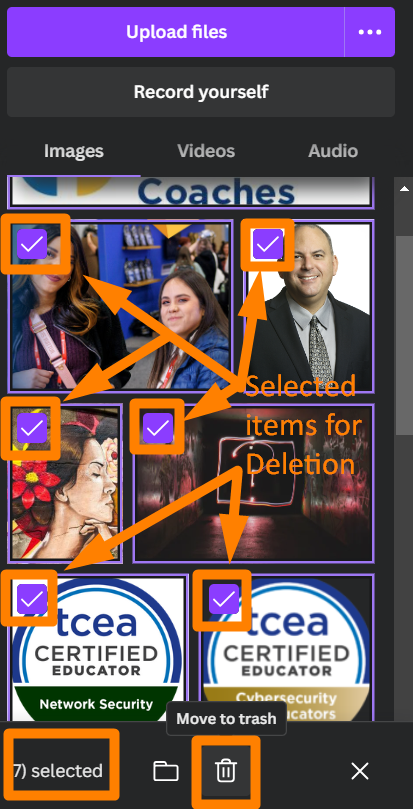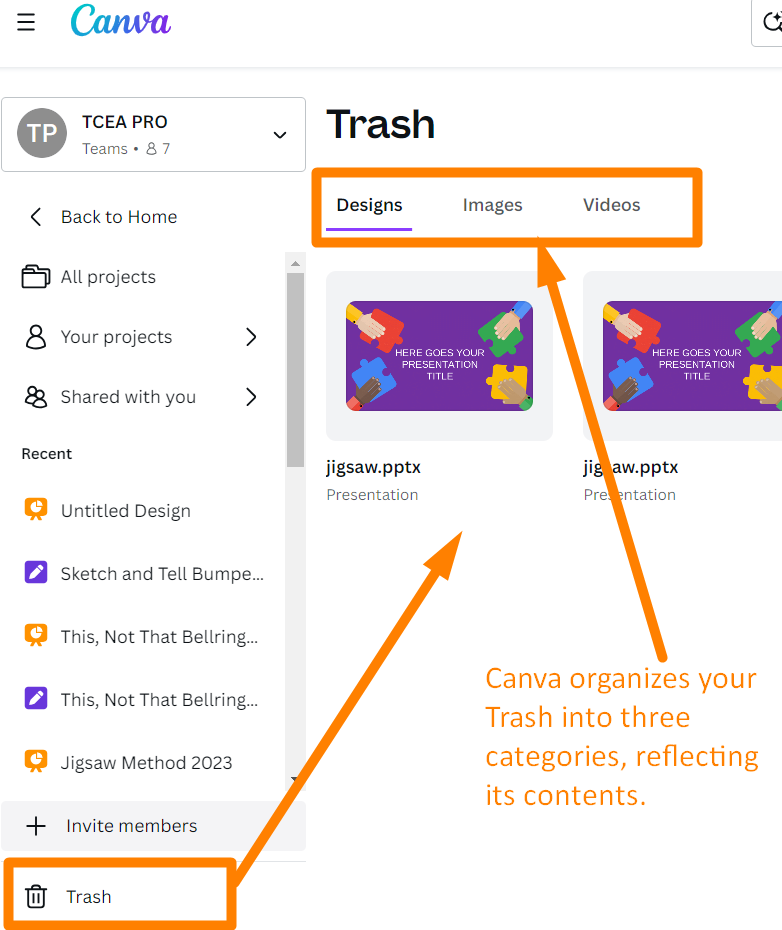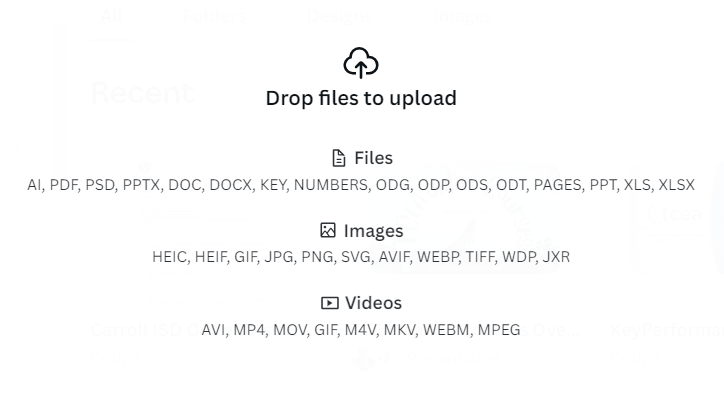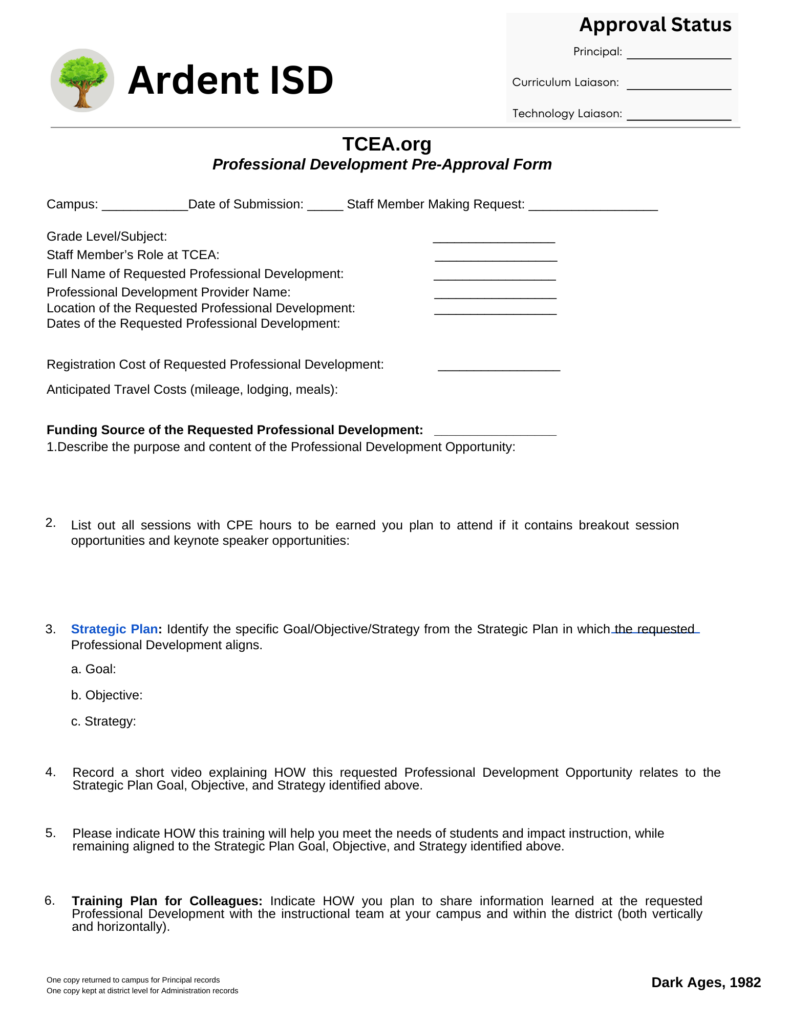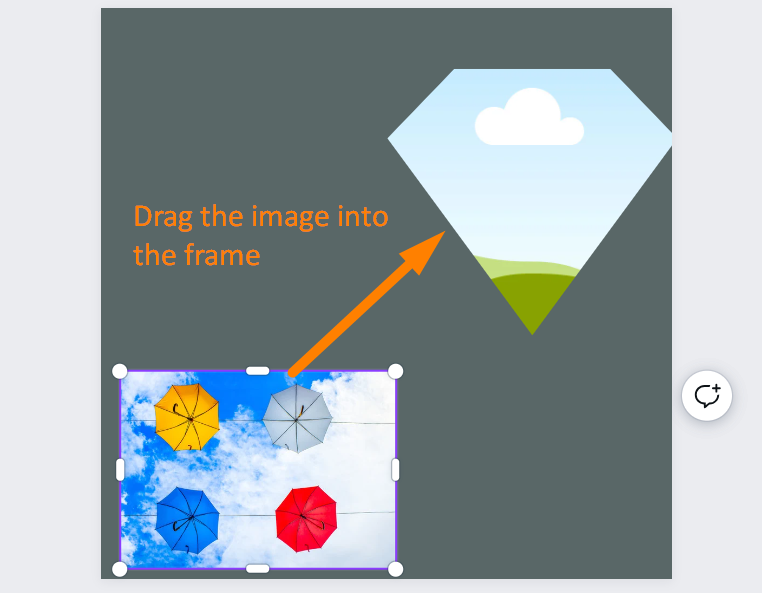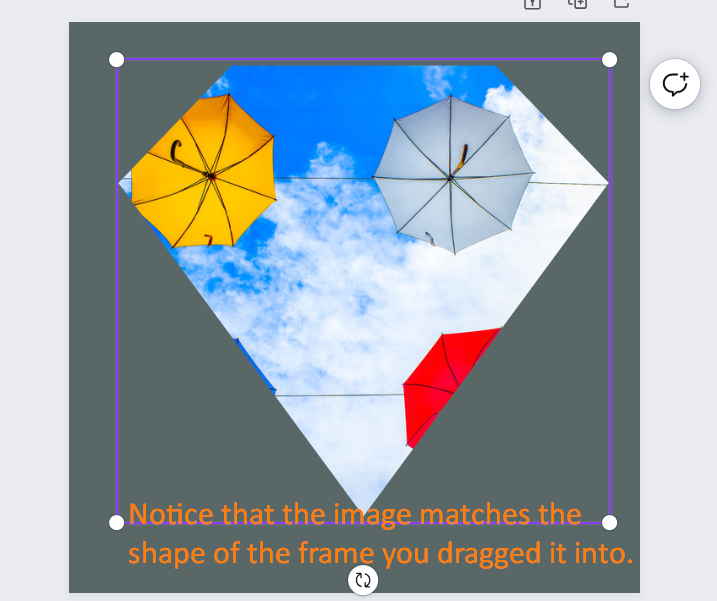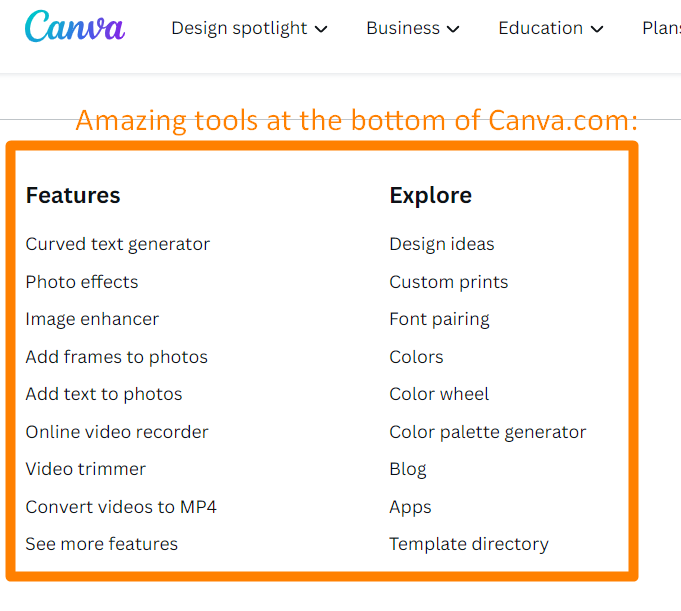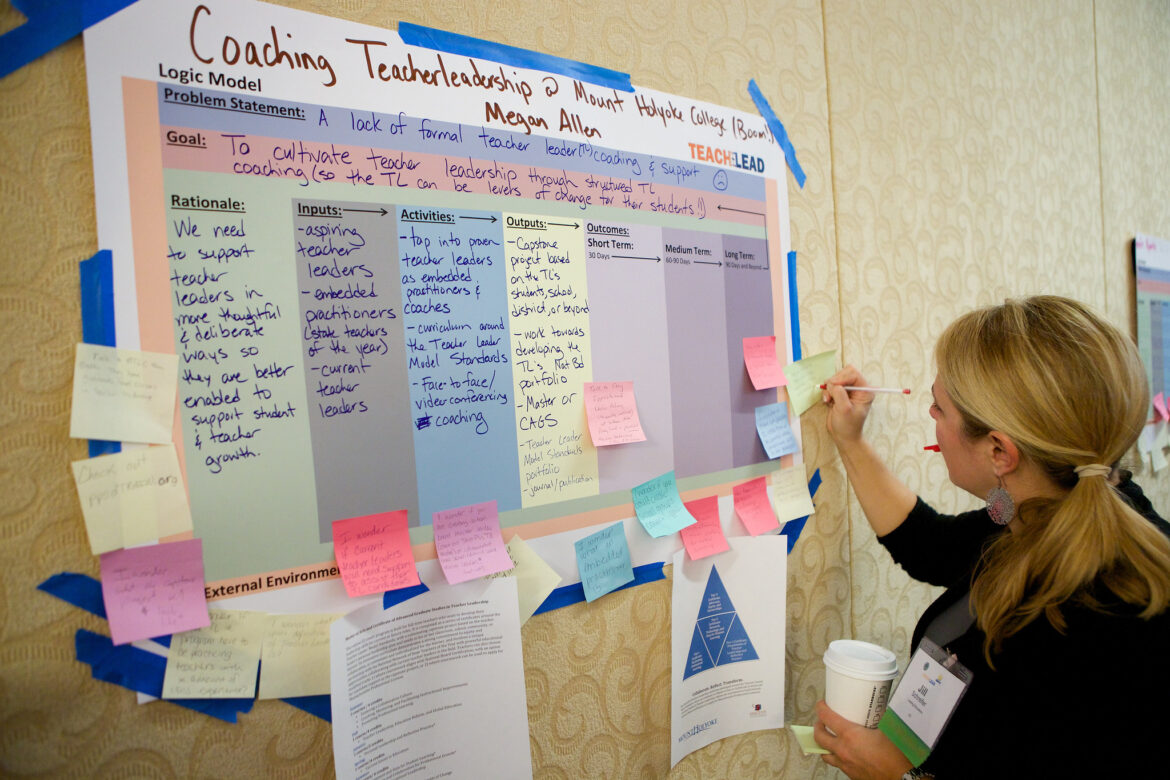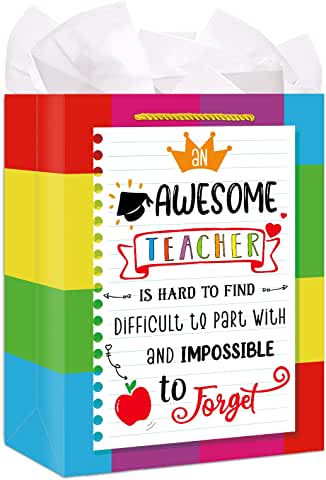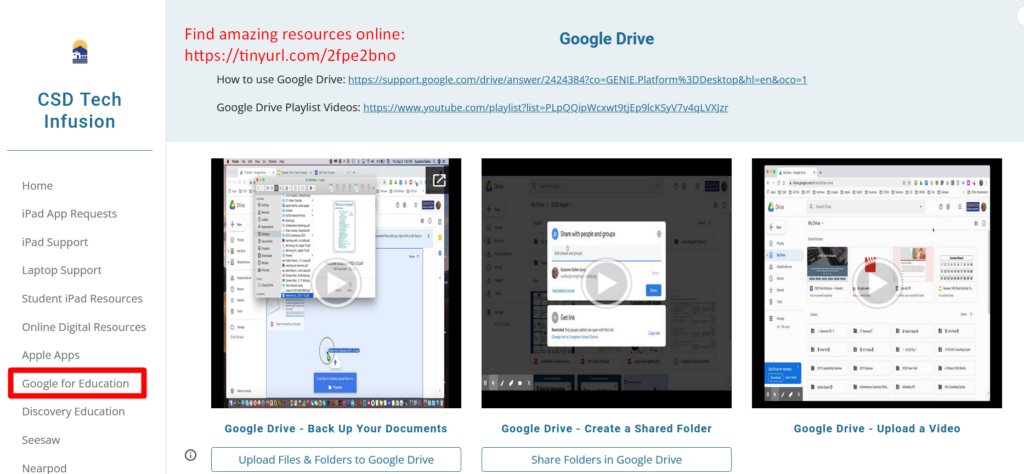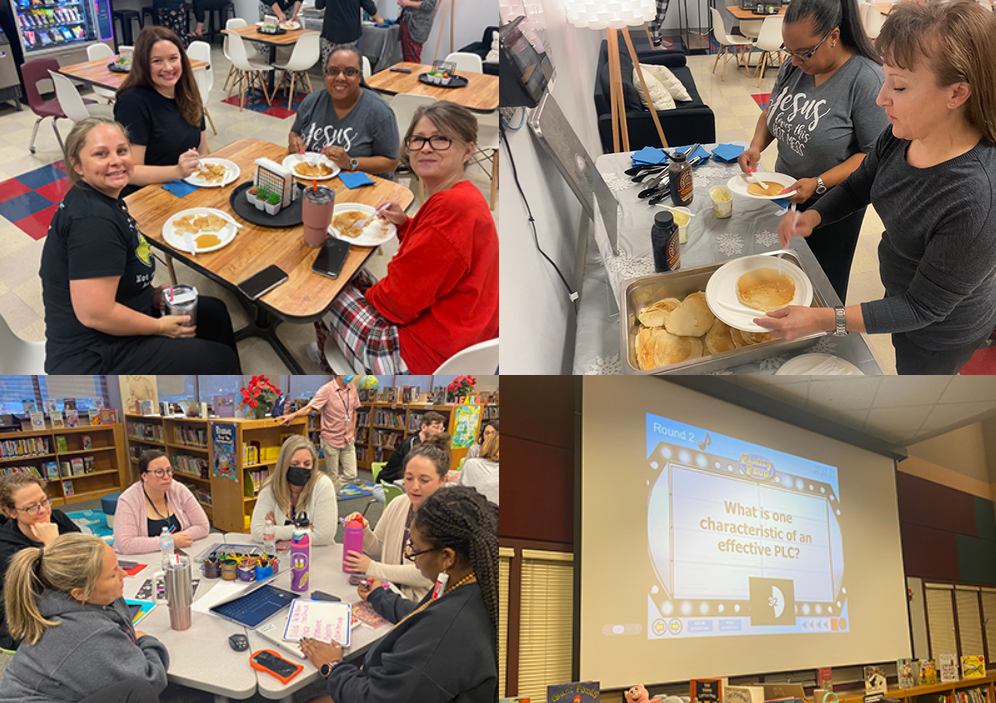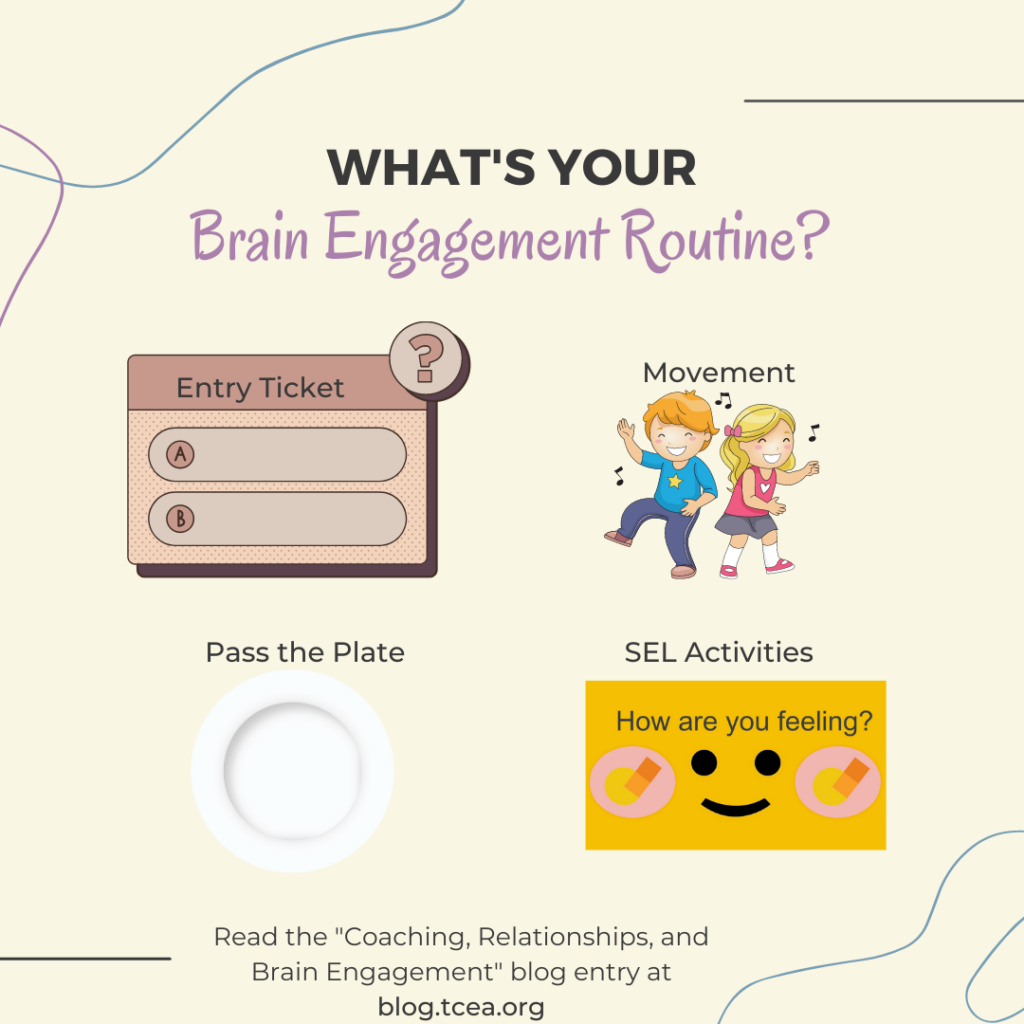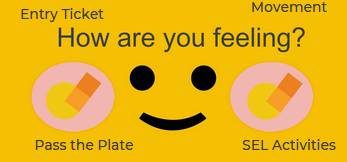When you read TCEA TechNotes blog entries on exit tickets, two key reasons illustrate how every educator should be using them. Those two reasons are as a tool for reflection and as a check for understanding. In this blog entry, you will see how a high-effect size strategy informs your use of exit tickets.
Before we jump into exit tickets, let’s revisit an important strategy that guides our work. That strategy is teacher clarity, which enjoys an effect size of d=0.84 (or two years’ of growth in one school year). How do you ensure teacher clarity? You are consistent in getting your students to know the answers to the three questions below.
How Do You Start a Lesson?
When you plan your lesson, give some thought to these three questions which clarify learning intentions and success criteria for both you and the students. The questions include:
- What am I learning? (Learning Intentions)
- Why am I learning it? (Relevance)
- How will I know I learned it? (Success Criteria)
When both the teacher and students have the same responses to these questions, it empowers students to self-regulate their own learning. It supports their use of three strategies relevant to self-regulation (Almarode, Visible Learning for Science):
- Peer Tutoring (effect size of d=0.51)
- Cooperative Learning (effect size of d=0.40)
- Student-Centered Teaching (effect size of d=0.36)
Even better, it allows the construction of success criteria. This means that once students know how they have achieved success, they can measure their progress towards that. Teachers can aid students’ self monitoring of their path to success with feedback.
Exit tickets provide both teacher and students with information. They are a means to feedback. But they also do one other thing that’s important. We will dig into that in a moment.
Did You Know?
Get the TCEA Strategies app, a free tool that includes relevant videos, blog entries, and resources on high-effect-size strategies. Find it online at https://tceastrategies.glideapp.io
What Are Exit Tickets?
Exit tickets are “quick, ungraded assessments” that provide insight into student learning. Did my students achieve the expectations of the success criteria? In other words, student answers to “How will I know I learned it?” can be captured by exit tickets.
The value of seeing exit tickets as more than as a fast, formative assessment or reflection tool. You can use it to help students develop the conceptual understanding necessary for transfer from surface to deep learning through the use of rehearsal (effect size of d=0.73).
Rehearsal Strategy Makes Exit Tickets Work
If you’re not familiar with rehearsal, it is a high-effect size strategy with an effect size of d=0.73. The Visible Learning MetaX database defines it in this way:
Rehearsal refers to mental techniques for helping us remember information. It can involve many strategies. Those can include memorizing information through repetition. Organize data at random, then repeat the information when prompted with a visual cue. Visual cues can include images, photographs or index cards.
The rehearsal strategy assists learners in consolidating new learning. As such, it is a surface learning strategy that can aid students. It does this by deepening their conceptual understanding of terminology and vocabulary. This improved grasp of vocabulary through rehearsal builds a foundation that enables learners to process the information they have learned.
You can also make a game out of rehearsal, which you can adapt for exit tickets:
- Bean Bag Toss – Students recite information when the bean bag gets tossed to them. Then they toss to another student or back to the teacher.
- Choral Response – Students respond as a group with rehearsed information.
- Team Competition – Teacher asks questions requiring rehearsed information. Students answer on their own to gain points for their team. (source)
Focus on activities that build a relationship or connection between new concepts and old concepts that students have already learned. When you do this, you ensure that the new concepts stick.
TIP: Design your exit tickets to make connections between new and old concepts.
Get Started with Exit Tickets and Rehearsal Strategy
For exit tickets, be sure to read TCEA’s blog entries:
- Lesson Reflection
- Enhancing Learning with Microsoft Forms
- Check Yes or No: Add Polls to Google Classroom
Since rehearsal includes strategies that help us remember information, combine visual cues with exit tickets or gamify it. Read more about elaborative rehearsal strategies.
Feature Image Source
Photo by Isaac Smith on Unsplash


